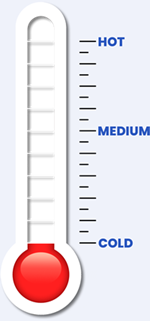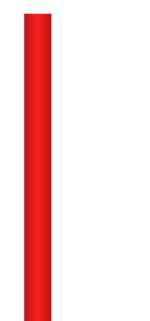-
 Census 2021 Data
Census 2021 Data -
 Homes & Property
Homes & Property -
 Law and Order
Law and Order -
 Jobs & Economy
Jobs & Economy -
 Learning & Schools
Learning & Schools -
 Essential Services
Essential Services -
 Travel & Transport
Travel & Transport -
 Local Amenities
Local Amenities -
 Leisure & Recreation
Leisure & Recreation -
 Environment
Environment
Yield
Unit Xtreme Works, Lane To Woolston Farm, Loddiswell
TQ7 4DU South Hams District
This section gives the estimated property yield for the postcode based on our own unique algorithms, comparing it to the national average. We analyse gigabytes of data to explore why yields might be higher, lower, or in line with expectations. From local market trends to demand and property types, the data paints a clear picture of investment potential in TQ7 4DU.
Estimated yield for property investors
2.3%
Yield
The estimated yield for the TQ7 4DU postcode area is 2.3%, which is lower than the national average yield of 3.8%.


Summary
The TQ7 4DU area has a lower yield, but its high safety score makes it a stable, if not lucrative, investment option - in the long term. Investors seeking long-term stability rather than high returns might find this area appealing.
Property yields in TQ7 4DU are lower than average, which might reflect a more mature or stable market where opportunities for high returns are limited.
However, the high safety score adds value to the area, potentially attracting long-term tenants or buyers who prioritixe security, making it a stable investment option.
The less urban nature of TQ7 4DU suggests a more suburban or rural setting, which could mean lower rental demand but potentially higher property values if the area is considered desirable for homebuyers.
The high ownership rate in this less urban area could indicate a strong preference for long-term residency, which might limit rental opportunities but could ensure more stable property values.
Factors affecting yield in TQ7 4DU
Understanding property yield involves considering various factors like affordability, income, and crime rates. These elements influence rental demand, property values, and ultimately, the return on investment.
Property Yield (%)
The yield represents the income from a property as a fraction of its value. It's an important consideration for investors, with higher yields often resulting from favourable rental income and local market conditions around TQ7 4DU.
Property Affordability
This measures how affordable properties are relative to average income. In areas with lower affordability, high demand might push up rental prices, potentially increasing yields, but it could also limit buyer interest, affecting long-term property value.
Rental Affordability
This assesses the portion of income households allocate to rent. Excessive rent costs in TQ7 4DU may suppress tenant demand and decrease yield, while affordable rents are more likely to secure long-term tenants, stabilising yield over time.
Household Income
Higher household incomes can support higher rents, leading to potentially better yields. But in affluent areas, the increased property prices may reduce the yield percentage, even with solid rental income.
Urban Location
Higher yields are common in urban areas due to strong renter demand, especially in cities with a young and mobile workforce. Yet, higher property prices in these regions can reduce the yield percentage, balancing out the rental income.
Employment Score
High employment is often a sign of economic trouble, which can lower rental demand and increase vacancy rates, reducing yield. Low unemployment generally suggests a stable economy, encouraging higher rental demand and improving yields.
Outright Ownership
Outright home ownership often reflects a settled, stable community with lower rental demand, which could lead to reduced yields. On the other hand, areas with fewer outright owners may have higher rental demand, which could enhance yields.
Crime & Safety Levels
Crime rates play a crucial role in determining yields; high crime can deter renters and reduce property values, leading to lower yields. Low crime rates, however, attract more renters and buyers, boosting property values and enhancing yields.
Best Performing Yields
The following postcodes within the TQ7 location current have the highest performing yields:
Methodology
Our property yield estimates are derived from a custom algorithm built by PostcodeArea that combines data from the Census 2021 and other reliable third-party sources.
This algorithm evaluates several key factors - including affordability, rental affordability, household income, urbanisation, unemployment rates, property ownership levels, and safety. We do this by assigning weighted scores to each factor. These factors are chosen for their relevance to property investment, with the yield percentage itself carrying the most weight due to its direct impact on potential returns.
The algorithm also incorporates conditional logic to assess how different combinations of these factors might influence property yield. For example, a neighbourhood with high rental affordability and strong income levels might indicate robust rental demand, leading to higher yields.
Conversely, areas with high unemployment and low income could see reduced rental demand, potentially lowering yields.
By considering these interactions, the algorithm provides a more nuanced estimate than simple averages or single-factor analyses.
It's important to note that these yield figures are general estimates intended as a guide rather than precise calculations. While the algorithm offers valuable insights based on historical and statistical data, it may not fully capture the unique aspects of each neighbourhood or current market conditions.
Investors should use this information as a starting point for further analysis and consider it alongside other factors such as market trends and personal financial goals.






